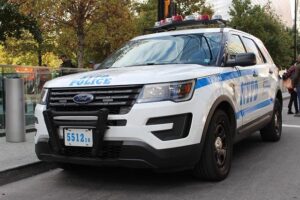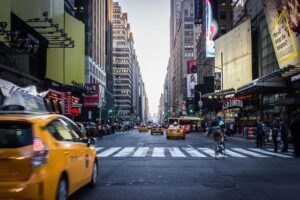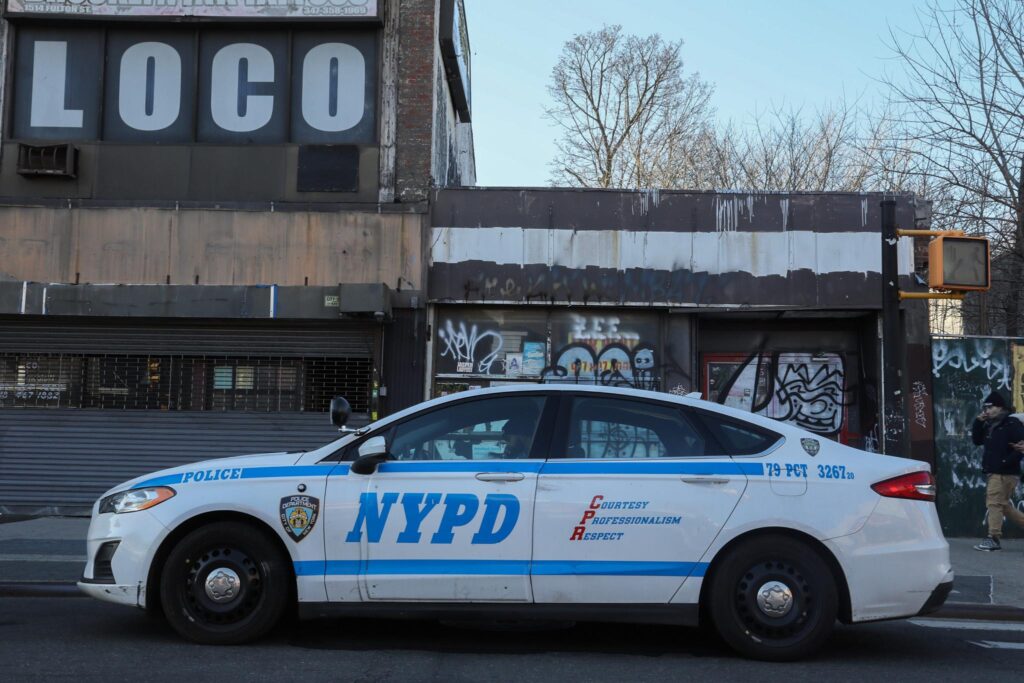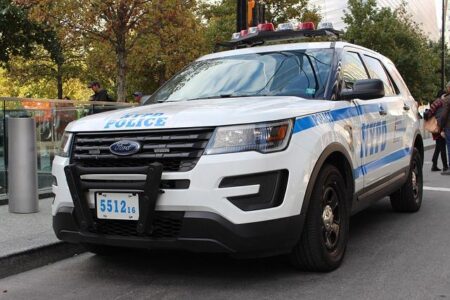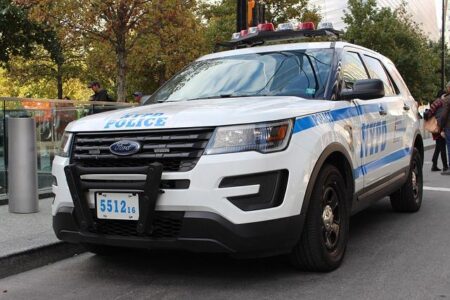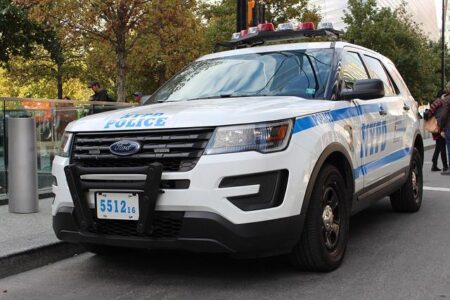Resurgence of NYPD Stop-and-Frisk in 2024: Implications and Community Reactions
Sharp Increase in NYPD Stop-and-Frisk Incidents Amid Policy Changes
In the early months of 2024, the New York Police Department has markedly escalated its use of stop-and-frisk procedures, signaling a strategic pivot under Mayor Eric Adams’ leadership. Official NYPD statistics reveal that approximately 12,500 stops were conducted in the first quarter alone, marking a nearly 45% surge compared to the same timeframe in 2023. This uptick reflects the administration’s intensified focus on proactive crime reduction methods in response to persistent urban safety challenges.
Notable characteristics of this increase include:
- Concentrated enforcement in neighborhoods with elevated crime rates, such as the Bronx, Brooklyn, and select Manhattan areas
- A predominance of stops involving individuals younger than 30, who represent over 60% of all encounters
- Heightened scrutiny on suspected possession of weapons and illegal substances
| Month | Number of Stops | Year-over-Year Change |
|---|---|---|
| January 2024 | 4,200 | +48% |
| February 2024 | 4,000 | +42% |
| March 2024 | 4,300 | +46% |
Community Voices Raise Alarms Over Escalating Police Interactions
Leaders from various community sectors have expressed deep concern regarding the surge in police stops throughout New York City. Many emphasize that this increase risks further damaging the fragile trust between law enforcement and residents, especially in historically underserved and marginalized neighborhoods. Calls for a reassessment of policing methods are growing louder to avoid exacerbating tensions and alienation.
Primary issues highlighted include:
- Disproportionate targeting of Black and Latino populations
- Escalation of community-police friction
- Insufficient transparency and accountability in stop procedures
- Potential violations of constitutional rights and civil liberties
| Community Group | Concerns Raised |
|---|---|
| Grassroots Activists | Demand for comprehensive policy overhaul and stronger oversight |
| Civil Liberties Organizations | Highlighting systemic discrimination in enforcement |
| Religious Leaders | Advocating for reconciliation and open dialogue |
| Parents and Youth Advocates | Emphasizing protection of young people’s rights and safety |
Disproportionate Effects on Minority Communities Evident in Data
Recent analyses reveal that the sharpest increases in stop-and-frisk incidents are concentrated in neighborhoods predominantly inhabited by minority groups. While the citywide rise in stops stands at 18%, areas with majority Black and Latino residents have experienced spikes exceeding 35%. This disparity points to ongoing systemic challenges within policing practices, despite official claims of reform efforts. Community advocates warn that such enforcement patterns deepen mistrust and foster an environment of fear rather than security.
Highlights from the data include:
- Stops in Black-majority neighborhoods surged by 37% compared to the previous year.
- Latino-majority districts saw a 33% increase, often linked to ambiguous suspicion standards.
- Predominantly White neighborhoods experienced only a modest 5% rise, underscoring racial disparities in policing focus.
| Neighborhood | Dominant Demographic | Percentage Increase in Stops |
|---|---|---|
| Brownsville | Black | 39% |
| Washington Heights | Latino | 34% |
| Upper East Side | White | 6% |
Calls for Greater Transparency and Accountability in Policing Practices
In response to the rising stop-and-frisk numbers, experts and civil rights advocates are urging the NYPD to adopt stronger transparency and accountability frameworks. They emphasize that rebuilding public confidence hinges on open data sharing and independent oversight to ensure that enforcement respects constitutional safeguards.
Proposed measures include:
- Compulsory use of body-worn cameras during all stops to provide clear, objective documentation.
- Frequent public reporting of stop-and-frisk statistics, disaggregated by race, geography, and outcomes.
- Establishment of independent civilian review boards empowered to investigate complaints and recommend reforms.
| Initiative | Objective | Expected Outcome |
|---|---|---|
| Body Cameras | Increase transparency and evidence accuracy | Reduce allegations of misconduct |
| Data Transparency | Enhance public oversight | Detect and address bias patterns |
| Civilian Oversight | Independent review of police actions | Strengthen community trust |
Conclusion: Navigating the Future of Policing in New York City
The resurgence of stop-and-frisk under Mayor Adams’ administration has reignited intense discussions about the balance between effective law enforcement and the protection of civil rights. Proponents argue that these measures are vital for enhancing public safety, while opponents caution against the risk of perpetuating racial disparities and eroding community trust. Moving forward, the NYPD’s ability to implement equitable policing strategies with transparent oversight will be crucial in shaping the city’s social fabric and public confidence in law enforcement.
